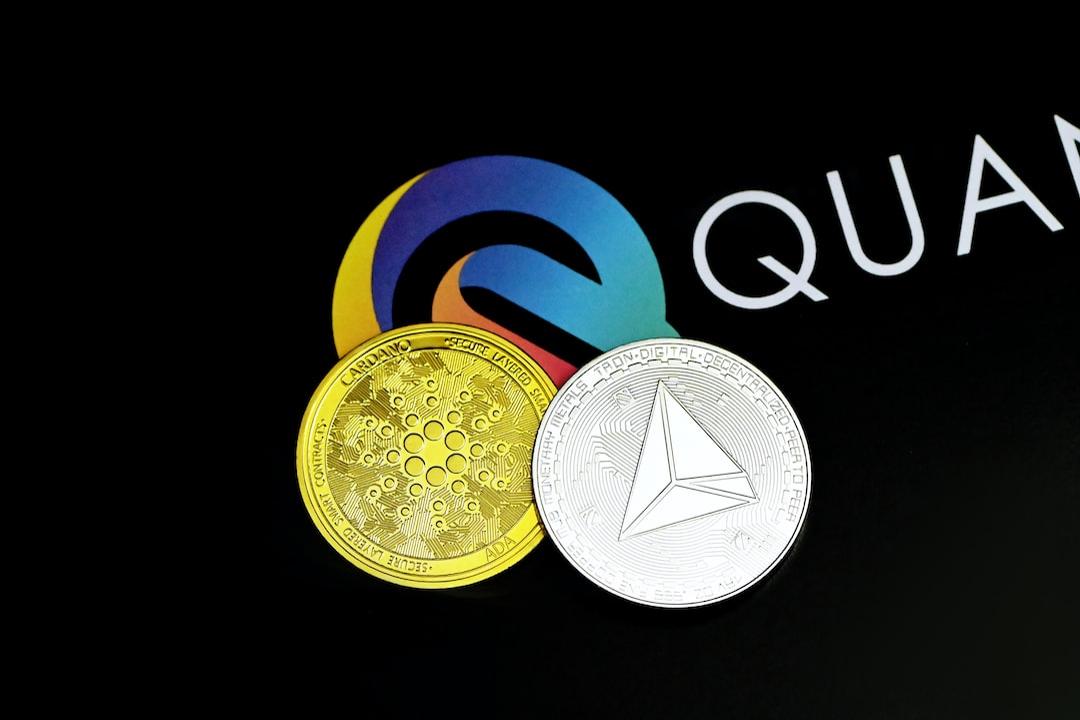ETH Taipei Event Kicks Off Today! Vitalik Appears Mysteriously Wearing a Mask
Today (April 1), the annual Ethereum conference “ETH Taipei 2025” is taking place. Despite the continuous rain in Taipei, it seems to have not dampened people’s enthusiasm for blockchain technology. Attendees from various places began arriving at the venue early in the morning. Soon, the originally spacious venue was filled to capacity, and the audience seemed quite eager for the event to start.
Vitalik Buterin, co-founder of Ethereum (also known as V God), holds a significant position in the global blockchain community, and his presence at ETH Taipei is always a major highlight of the event. Last year, V God made an appearance dressed in a “temple style” outfit full of local Taiwanese characteristics, wearing a carefully designed hat that read “Ethereum is Beautiful Temple” and a vest that said “Bottom Bug Master.” This creative outfit not only showcased his respect and curiosity for Taiwanese culture but also left a deep impression on the audience.

This year, V God once again made an unexpected appearance. He wore a shirt featuring the mini hippo “Moo Deng” from a Thai zoo that he has adopted and donned a popular NFT “Milady” manga-style eye mask, which elicited waves of gasps from the audience.

Throughout the event, V God wore the mask while delivering speeches, and even during the final Q&A session, he made an effort to see the questions through the mask, refusing to take it off.

As for the question everyone was curious about: “Why did you choose this outfit for today?” V God responded with a smile, “Come on, today is April Fool’s Day!”
Ethereum Scaling and Security: The Road to One Billion Users
In his opening speech at ETH Taipei, V God delved deep into the core issues of Ethereum’s scaling and security, briefly outlining the blueprint for Ethereum’s future development. Ethereum is currently undergoing a significant transformation from a theoretical experiment to supporting large-scale applications, with a growing number of users utilizing it for international remittances, payments, savings, DeFi, and decentralized social media protocol Farcaster, among other purposes.
He emphasized that in order to accommodate more users, Ethereum must scale while maintaining its fundamental characteristics of permissionless access, global trust, censorship resistance, and security. V God pointed out that achieving scalability requires a dual approach involving both Layer 1 and Layer 2. Even if all applications migrate to Layer 2, the scaling of Layer 1 remains crucial.
Using urban traffic as a metaphor:
- Layer 1 (Main Chain): Similar to the main roads in a city, which experience heavy traffic, especially during peak hours. All vehicles (transactions) must pass through these main roads, leading to congestion (slow transaction speeds) and high tolls (high transaction fees).
- Layer 2: Like highways or expressways built to alleviate traffic on the main roads. These highways divert some vehicles (transactions), allowing them to reach their destinations more quickly and cheaply.
Last year, Ethereum’s EIP-4844 proposal introduced “blob” technology, significantly enhancing scalability. After the “Dencun upgrade” in 2024, the number of blobs will further increase, allowing for a higher transaction volume on Layer 2. In the future, Ethereum’s next major upgrade, “The Surge,” will introduce sharding technology, allowing each node to store only a portion of the block data, achieving higher global scalability. With sharding, the transactions per second (TPS) on Layer 2 are expected to reach thousands or even tens of thousands, making Ethereum no longer “slow and clunky.”
The security of Layer 2 is another significant challenge. Although it is theoretically possible to build completely trustless Layer 2 solutions, the complexity of their code poses potential vulnerabilities. Moreover, V God believes that Ethereum’s ultimate goal is to enable rapid asset transfers between Layer 2s, improve wallet and user experience, and make cross-chain bridging and transfer operations more seamless, which is also key to enhancing Ethereum’s usability.
Nevertheless, V God remains optimistic about Ethereum’s future, believing that through continuous efforts, significant improvements in Layer 2 can be achieved within the next one to two years.
A New Chapter for the Ethereum Foundation and Its Future
In addition to the opening speech, V God also participated in a discussion with Wang Xiaowei, the newly appointed co-executive director of the Ethereum Foundation.

Insisting on wearing the mask, V God (left) engages in dialogue with the new executive director of Ethereum, Wang Xiaowei (center).
This year, Wang Xiaowei officially became the co-executive director of the Ethereum Foundation, drawing the attention of many online users. She pointed out that the most important task for the Ethereum Foundation at this stage is to expand the team size and strengthen communication and collaboration within the ecosystem. Changes in management reflect the Foundation’s desire to bring new inspiration both internally and externally and expand its influence.
V God further explained that the role of the Ethereum Foundation is to provide key support for the Ethereum ecosystem that cannot be achieved solely through market forces, including:
- Security Assurance: Funding security experts to continuously audit client code to ensure network security.
- Infrastructure Development: Developing open standard infrastructure to promote decentralization and censorship resistance.
- Coordination and Support: Providing resources and support to different teams within the ecosystem to ensure smooth progress of various projects.
V God emphasized that the leadership of the Ethereum Foundation should focus on resource allocation, team expansion, and the development of emerging areas while maintaining an open attitude towards the ecosystem. Regarding Ethereum’s future global influence, Wang Xiaowei believes that with the expansion of Layer 1 and Layer 2, Ethereum will be able to support a wider range of applications and integrate into people’s daily lives.
“For users, when you are using blockchain, you should not feel its presence.”
She also stressed that future transactions should be as seamless as payments, identity management should be more autonomous, and zero-knowledge proof technology will play an important role in protecting user privacy.

